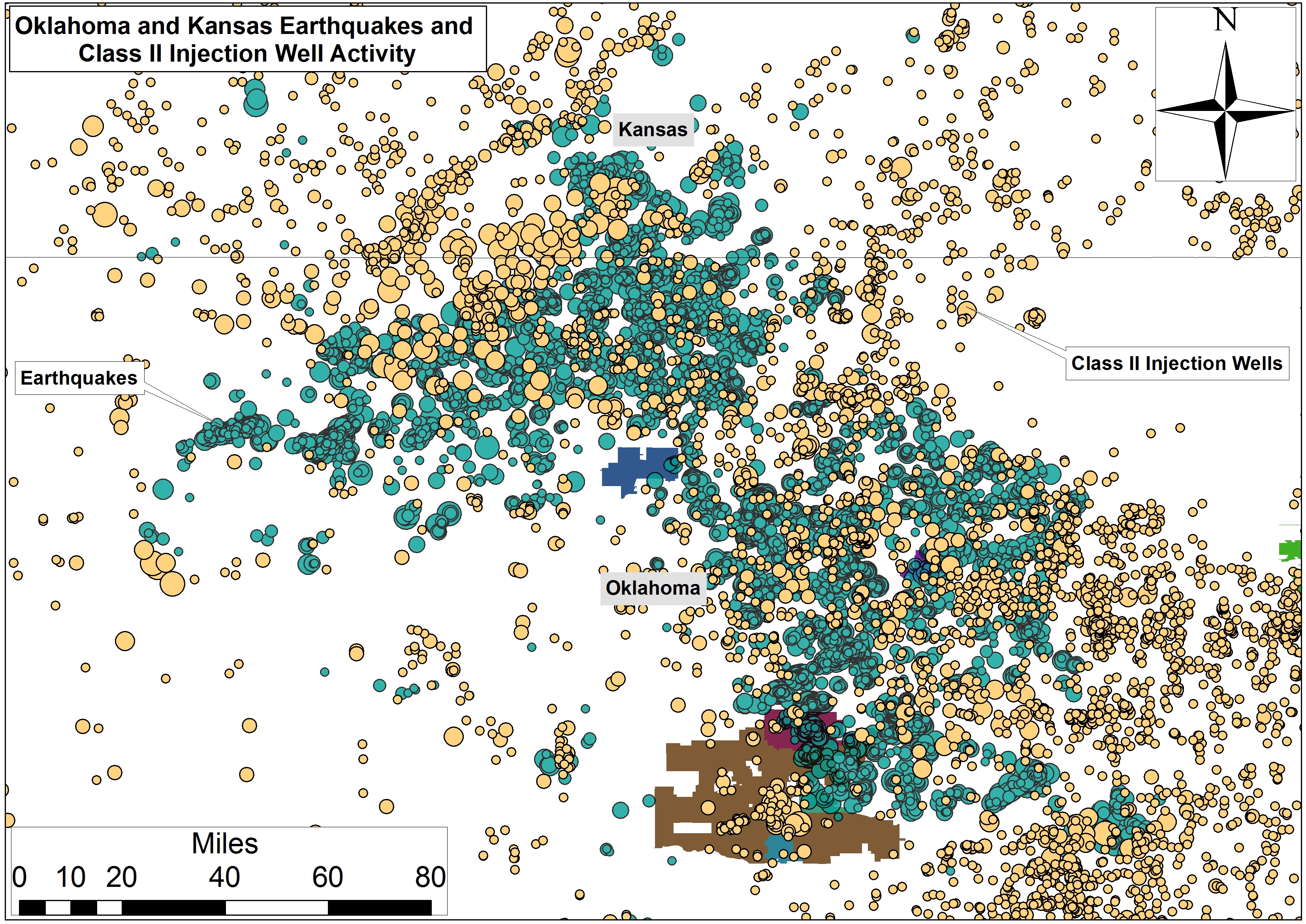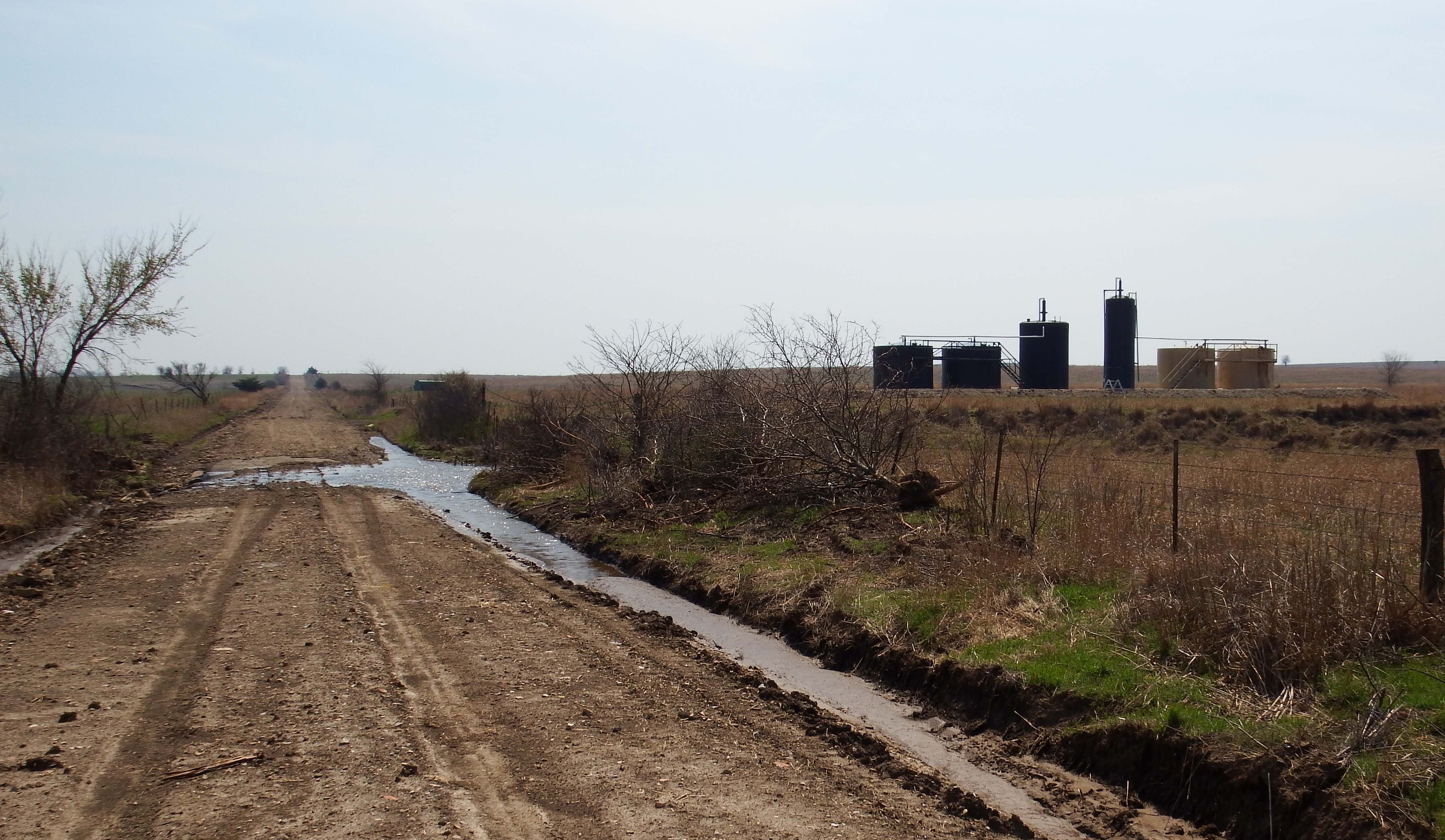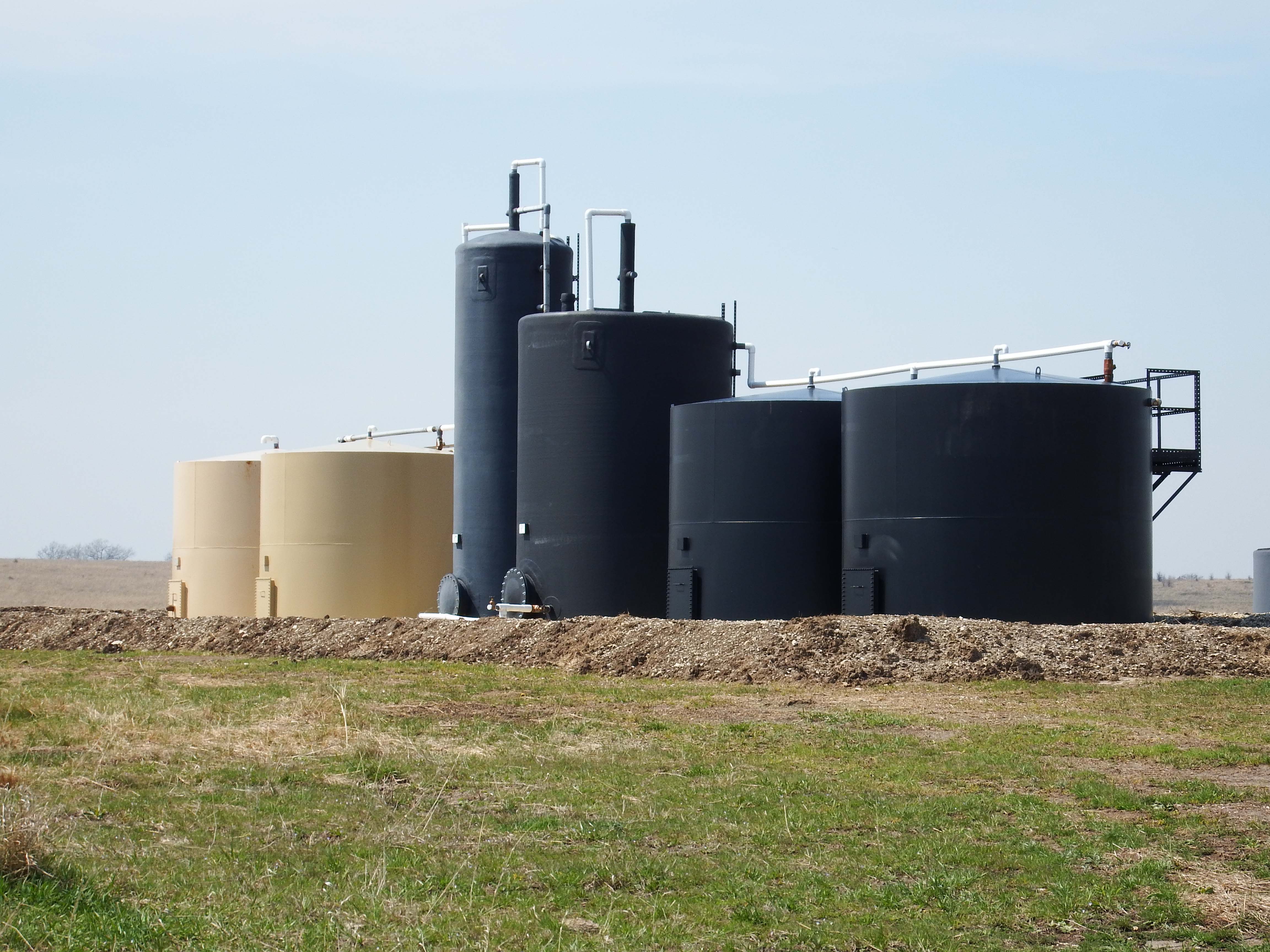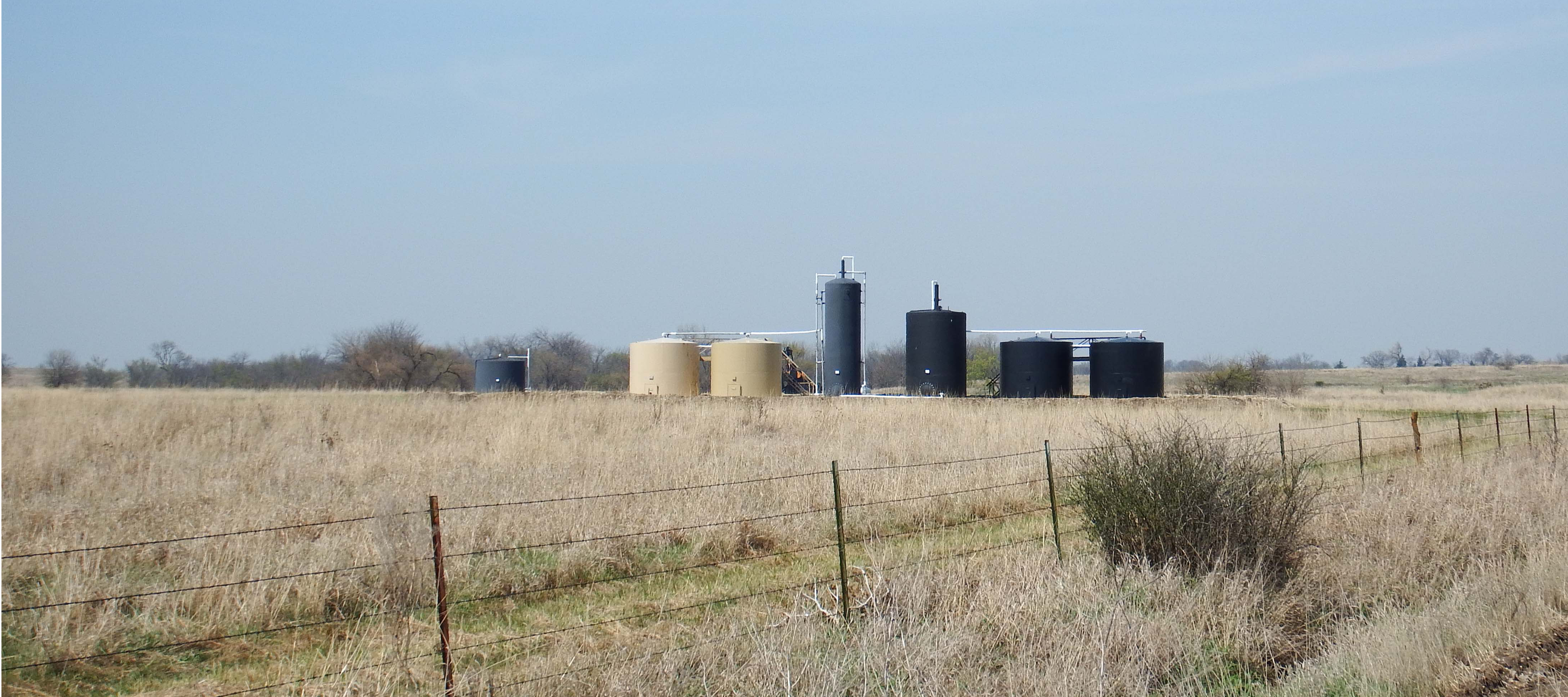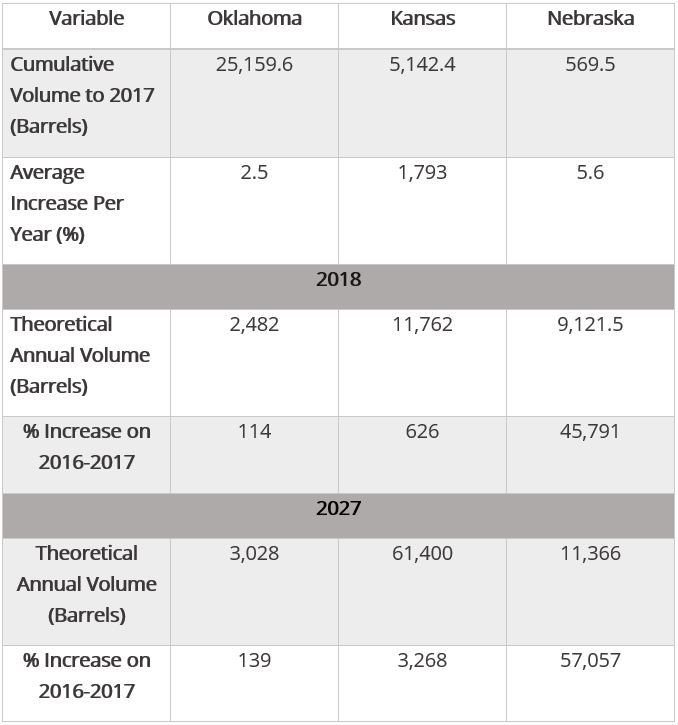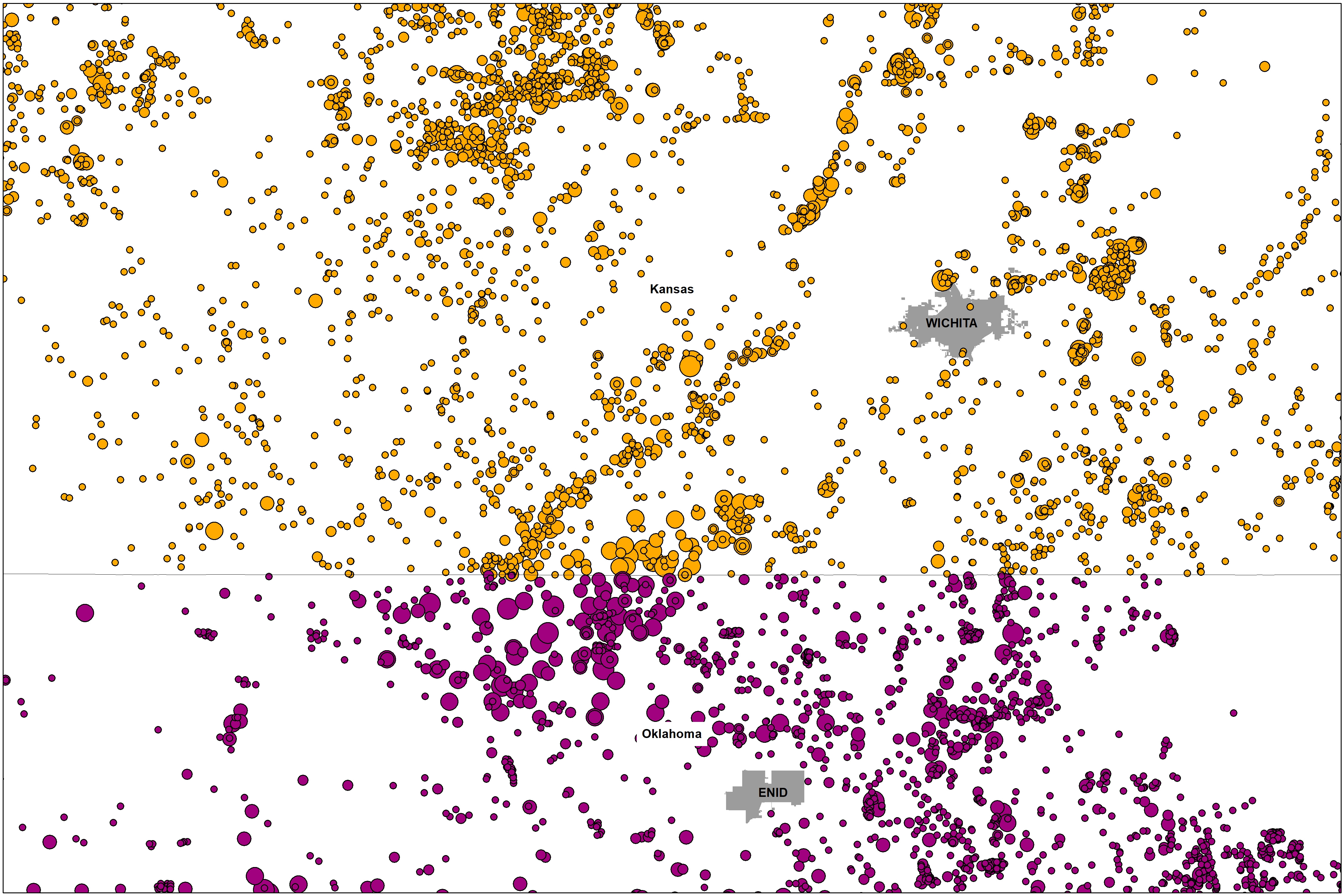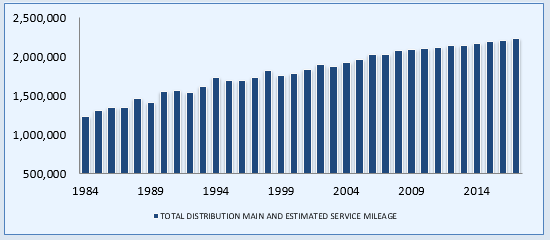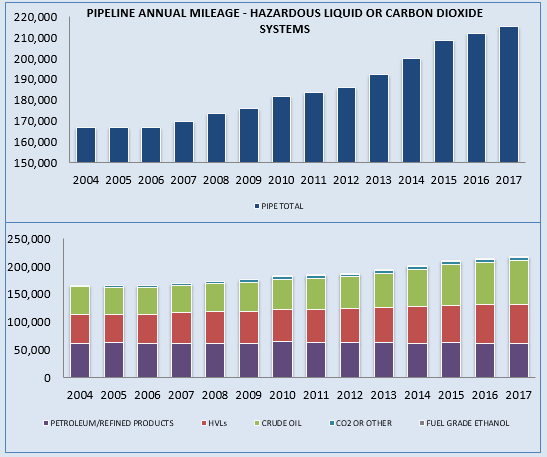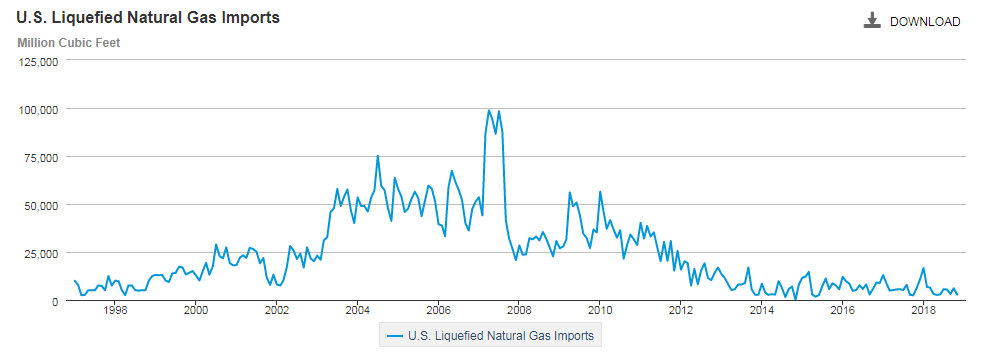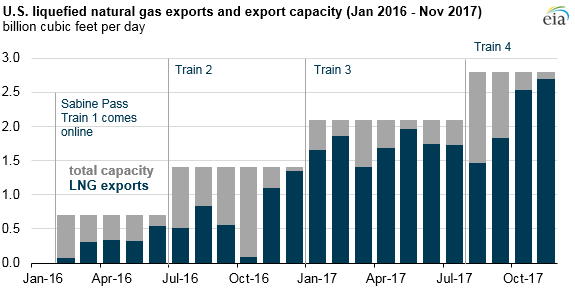Idle Wells are a Major Risk
Designating a well as “idle” is a temporary solution for operators, but comes at a great economic and environmental cost to Californians
Idle wells are oil and gas wells which are not in use for production, injection, or other purposes, but also have not been permanently sealed. During a well’s productive phase, it is pumping and producing oil and/or natural gas which profit its operators, such as Exxon, Shell, or California Resources Corporation. When the formations of underground oil pools have been drained, production of oil and gas decreases. Certain techniques such as hydraulic fracturing may be used to stimulate additional production, but at some point operators decide a well is no longer economically sound to produce oil or gas. Operators are supposed to retire the wells by filling the well-bores with cement to permanently seal the well, a process called “plugging.”
A second, impermanent option is for operators to forego plugging the well to a later date and designate the well as idle. Instead of plugging a well, operators cap the well. Capping a well is much cheaper than plugging a well and wells can be capped and left “idle” for indefinite amounts of time.
Well plugging
Unplugged wells can leak explosive gases into neighborhoods and leach toxic fluids into drinking waters. Plugging a well helps protect groundwater and air quality, and prevents greenhouse gasses from escaping and expediting climate change. Therefore it’s important that idle wells are plugged.
While plugging a well does not entirely eliminate all risk of groundwater contamination or leaking greenhouse gases, (read more on FracTracker’s coverage of plugged wells) it does reduce these risks. The longer wells are left idle, the higher the risk of well casing failure. Over half of California’s idle wells have been idle for more than 10 years, and about 4,700 have been idle for over 25 years. A report by the U.S. EPA noted that California does not provide the necessary regulatory oversite of idle wells to protect California’s underground sources of drinking water.
Wells are left idle for two main reasons: either the cost of plugging is prohibitive, or there may be potential for future extraction when oil and gas prices will fetch a higher profit margin. While idle wells are touted by industry as assets, they are in fact liabilities. Idle wells are often dumped to smaller or questionable operators.
Orphaned wells
Wells that have passed their production phase can also be “orphaned.” In some cases, it is possible that the owner and operator may be dead! Or, as often happens, the smaller operators go out of business with no money left over to plug their wells or resume pumping. When idle wells are orphaned from their operators, the state becomes responsible for the proper plugging and abandonment.
The cost to plug a well can be prohibitively high for small operators. If the operators (who profited from the well) don’t plug it, the costs are externalized to states, and therefore, the public. For example, the state of California plugged two wells in the Echo Park neighborhood of Los Angeles at a cost of over $1 million. The costs are much higher in urban areas than, say, the farmland and oilfields of the Central Valley.
Since 1977, California has permanently sealed about 1,400 orphan wells at a cost of $29.5 million, according to reports by the Division of Oil, Gas, and Geothermal Resources (DOGGR). That’s an average cost of about $21,000 per well, not accounting for inflation. From 2002-2018, DOGGR plugged about 600 wells at a cost of $18.6 million; an average cost of about $31,000.
Where are they?
Map of California’s Idle Wells
View map fullscreen | How FracTracker maps work
The map above shows the locations of idle wells in California. There are 29,515 wells listed as idle and 122,467 plugged or buried wells as of the most recent DOGGR data, downloaded 3/20/19. There are a total of 245,116 oil and gas wells in the state, including active, idle, new (permitted) or plugged.
Of the over 29,000 wells are listed as idle, only 3,088 (10.4%) reported production in 2018. Operators recovered 338,201 barrels of oil and 178,871 cubic feet of gas from them in 2018. Operators injected 1,550,436,085 gallons of water/steam into idle injection wells in 2018, and 137,908,884 cubic feet of gas.
The tables below (Tables 1-3) provide the rankings for idle well counts by operator, oil field, and county (respectively). Chevron, Aera, Shell, and California Resources Corporation have the most idle wells. The majority of the Chevron idle wells are located in the Midway Sunset Field. Well over half of all idle wells are located in Kern County.
Table 1. Idle Well Counts by Operator
| Operator Name | Idle Well Count | |
| 1 | Chevron U.S.A. Inc. | 6,292 |
| 2 | Aera Energy LLC | 5,811 |
| 3 | California Resources Production Corporation | 3,708 |
| 4 | California Resources Elk Hills, LLC | 2,016 |
| 5 | Berry Petroleum Company, LLC | 1,129 |
| 6 | E & B Natural Resources Management Corporation | 991 |
| 7 | Sentinel Peak Resources California LLC | 842 |
| 8 | HVI Cat Canyon, Inc. | 534 |
| 9 | Seneca Resources Company, LLC | 349 |
| 10 | Crimson Resource Management Corp. | 333 |
Table 2. Idle Well Counts by Oil Field
| Oil Field | Count by Field | |
| 1 | Midway-Sunset | 5,333 |
| 2 | Unspecified | 2,385 |
| 3 | Kern River | 2,217 |
| 4 | Belridge, South | 2,075 |
| 5 | Coalinga | 1,729 |
| 6 | Elk Hills | 958 |
| 7 | Buena Vista | 887 |
| 8 | Lost Hills | 731 |
| 9 | Cymric | 721 |
| 10 | Cat Canyon | 661 |
Table 3. Idle Well Counts by County
| County | Count by County | |
| 1 | Kern | 17,276 |
| 2 | Los Angeles | 3,217 |
| 3 | Fresno | 2,296 |
| 4 | Ventura | 2,022 |
| 5 | Santa Barbara | 1,336 |
| 6 | Orange | 752 |
| 7 | Monterey | 399 |
| 8 | Kings | 212 |
| 9 | San Luis Obispo | 202 |
| 10 | Sutter | 191 |
Risks
According to the Western States Petroleum Association (WSPA) the count of idle wells in California has increased from just over 20,000 idle wells in 2015 to nearly 30,000 wells in 2018! That’s an increase of nearly 50% in just 3 years!
Nobody knows how many orphaned wells are actually out there, beneath homes, in forests, or in the fields of farmers. The U.S. EPA estimates that there are more than 1 million of them across the country, most of them undocumented. In California, DOGGR officially reports that there are 885 orphaned wells in the state.
A U.S. EPA report on idle wells published in 2011 warned that existing monitoring requirements of idle wells in California was “not consistent with adequate protection” of underground sources of drinking water. Idle wells may have leaks and damage that go unnoticed for years, according to an assessment by the state Department of Conservation (DOC). The California Council on Science and Technology is actively researching this and many other issues associated with idle and orphaned wells. The published report will include policy recommendations considering the determined risks. The report will determine the following:
- State liability for the plugging and abandoning of deserted and orphaned wells and decommissioning facilities attendant to such wells
- Assessment of costs associated with plugging and abandoning deserted and orphaned wells and decommissioning facilities attendant to such wells
- Exploration of mechanisms to ameliorate plugging, abandoning, and decommissioning burdens on the state, including examples from other regions and questions for policy makers to consider based on state policies
Current regulation
As of 2018, new CA legislation is in effect to incentivize operators to properly plug and abandon their stocks of idle wells. In California, idle wells are defined as wells that have not had a 6-month continuous period of production over a 2-year period (previously a 5-year period). The new regulations require operators to pay idle well fees. The fees also contribute towards the plugging and proper abandonment of California’s existing stock of orphaned wells. The new fees are meant to act as bonds to cover the cost of plugging wells, but the fees are far too low:
- $150 for each well that has been idle for 3 years or longer, but less than 8 years
- $300 for each well that has been idle for 8 years or longer, but less than 15 years
- $750 for each well that has been idle for 15 years or longer, but less than 20 years
- $1,500 for each well that has been idle for 20 years or longer
Operators are also allowed to forego idle well fees if they institute long-term idle well management and elimination plans. These management plans require operators to plug a certain number of idle wells each year.
In February 2019, State Assembly member Chris Holden introduced an idle oil well emissions reporting bill. Assembly bill 1328 requires operators to monitor idle and abandoned wells for leaks. Operators are also required to report hydrocarbon emission leaks discovered during the well plugging process. The collected results will then be reported publicly by the CA Department of Conservation. According to Holden, “Assembly Bill 1328 will help solve a critical knowledge gap associated with aging oil and gas infrastructure in California.”
While the majority of idle wells are located in Kern County, many are also located in California’s South Coast region. Due to the long history and high density of wells in the Los Angeles, the city has additional regulations. City rules indicate that oil wells left idle for over one year must be shut down or reactivated within a month after the city fire chief tells them to do so.
Who is responsible?
All of California’s wells, from Kern County to three miles offshore, on private and public lands, are managed by DOGGR, a division of the state’s Department of Conservation. Responsibilities include establishing and enforcing the requirements and procedures for permitting wells, managing drilling and production, and at the end of a well’s lifecycle, plugging and “abandoning” it.
To help ensure operator liability for the entire lifetime of a well, bonds or well fees are required in most states. In 2018, California updated the bonding requirements for newly permitted oil and gas wells. These fees are in addition to the aforementioned idle well fees. Operators have the option of paying a blanket bond or a bond amount per well. In 2018, these fees raised $4.3 million.
Individual well fees:
- Wells less than 10,000 feet deep: $10,000
- Wells more than 10,000 feet deep: $25,000
Blanket fees:
- Less than 50 wells: $200,000
- 50 to 500 wells: $400,000
- 500 to 10,000 wells: $2,000,000
- Over 10,000 wells: $3,000,000
With an average cost of at least $31,000 to plug a well, California’s new bonding requirements are still insufficient. Neither the updated individual nor blanket fees provide even half the cost required to plug a typical well.
Conclusions
Strategies for the managed decline of the fossil fuel industry are necessary to make the proposal a reality. Requiring the industry operators to shut down, plug and properly abandon wells is a step in the right direction, but California’s new bonding and idle well fees are far too low to cover the cost of orphan wells or to encourage the plugging of idle wells. Additionally, it must be stated that even properly abandoned wells have a legacy of causing groundwater contamination and leaking greenhouse gases such as methane and other toxic VOCs into the atmosphere.
By Kyle Ferrar, Western Program Coordinator, FracTracker Alliance
Cover photo: Kerry Klein, Valley Public Radio
